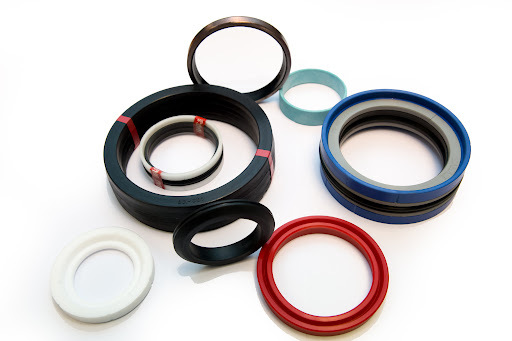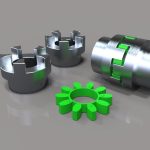Are you familiar with the term O-Ring seal? Do you know how it should be used? Well, the O-ring is a common seal made use of in machine design. They are easy to craft, reliable, inexpensive, and have simple mounting needs. This article is a brief description of O-ring types and their typical uses.
Introduction
The O-ring is a versatile and simple ring-shaped sealing or packing device. They possess a circular cross-section which works as a seal both in static and dynamic applications, being compressed amid mating surfaces within walls of the gland into which they are installed. Even though the o-rings are made from several materials, they are commonly moulded in one piece from elastomeric material.
Typical Usage
Let us now consider the functioning of o-ring seals. They are used to offer structural support, absorb energy, transmit energy, ‘transmit a fluid’, and ‘seal a fluid’. O-ring acts like a seal just by blocking any leaching trail of a gas or liquid between 2 close matting surfaces. Usually, O-rings are utilized to keep the air or fluid IN/OUT of distinct space. For instance, the underwater camera makes use of O-rings in order to keep the water out, and SCUBA regulators use O-rings to avoid air from moving out. More than this, they are used as decorative items on furniture, automotive parts, cups, drive belts, and body jewellery.

How does it work?
Before proceeding to tolerances, sizes, hardness, and different materials of O-rings, let us consider how O-ring in fact seals. An O-ring basically is utilized to block a path from where the air or fluid may escape. Usually, O-rings are put into a groove in order to grasp them in place and then squeezed in between the two surfaces. In doing so, you are in fact using up clearance, thereby blocking the path through which the air or fluid wants to pass. When the O-ring gets squeezed like this, their rubber goes back to its normal shape, thereby sealing, and not permitting air/fluid to escape.

Typical O-ring Materials
O-ring seals commonly are made from rubber but they could also be made using metal or plastic. Many different kind of the rubber compounds are available in the market nowadays due to the environments, chemical exposures, and different temperatures to which they are subjected. O-rings can be found in several colours, elastomers, hardness, and sizes to suite any particular application.
Static vs Dynamic Sealing
O-ring or toric joints need a rigid mechanical mounting which applies a deformation to the O-ring. This gives rise to premeditated mechanical stress at the O-ring mating surfaces. If the pressure of fluid contained is not greater than the mating stress of O-ring, then sealing is complete.
O-ring dynamic seals are thus subjected to sliding action against the gland that introduces motion and creates design problems. For many dynamic applications, O-rings are radically squeezed and then subjected to reciprocating motion. To meet the explicit performance requirements special seals like “Energized Hydraulic Seals” and “Oil Seals” are available.
Vacuum Applications
In vacuum systems that must be immersed in liquid nitrogen utilize indium O-rings, since rubber becomes brittle and hard at lower temperatures. High-vacuum systems make use of nickel or copper O-rings.


